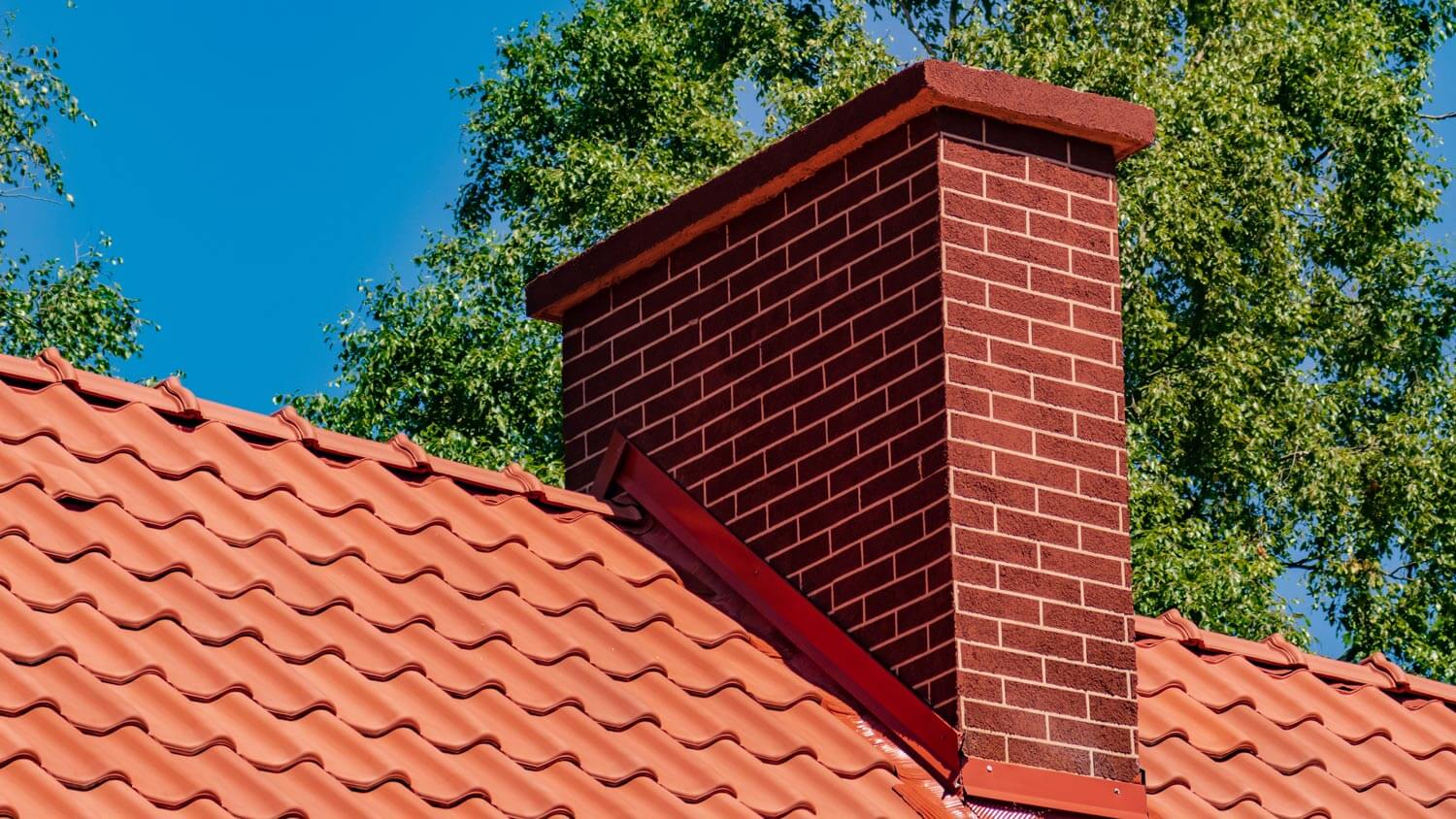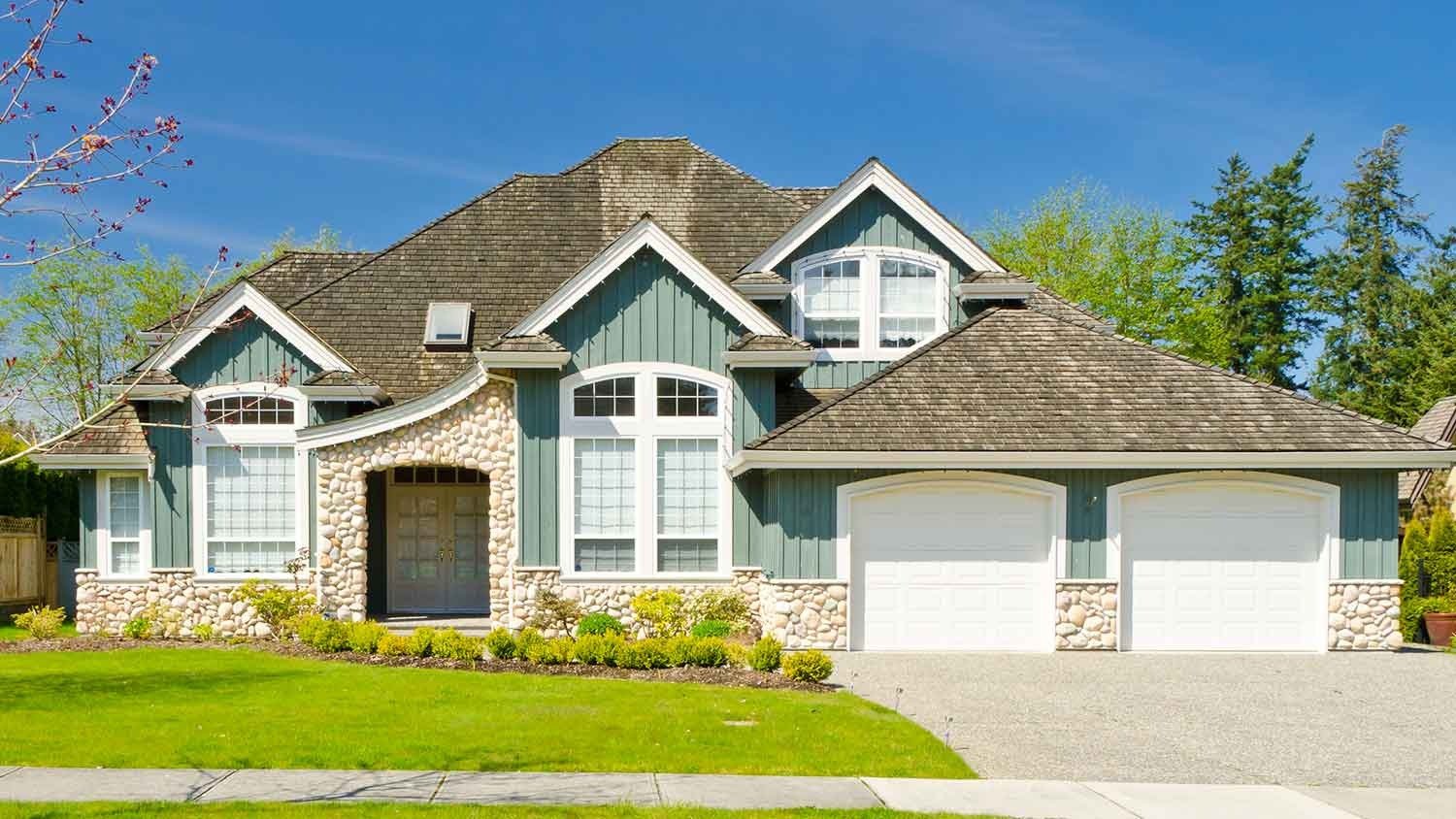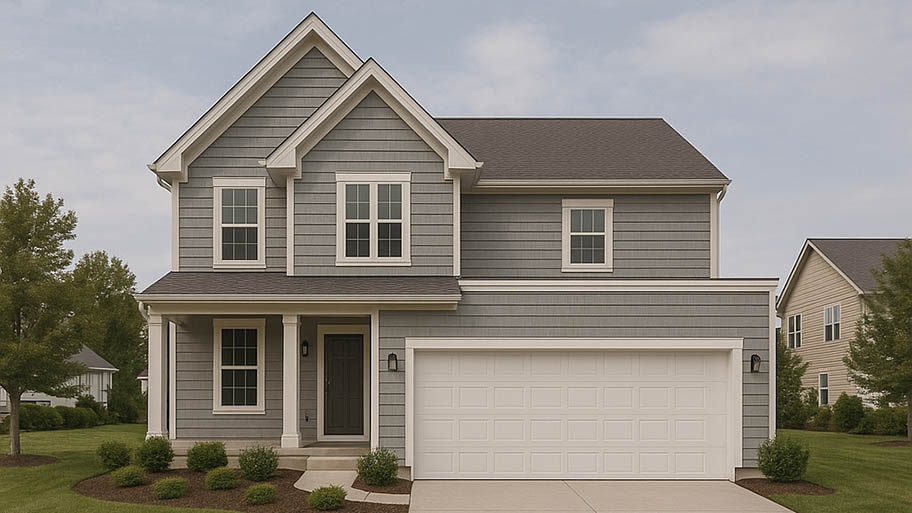
New vinyl siding adds value and curb appeal to homes in Columbus, Ohio. Learn about average vinyl siding installation costs in Columbus, Ohio.
To help your home shine outside, as well as inside


Whether you’re looking for a new home or caring for one you already own, there are several things to stay on top of to keep your house in its best shape. Overlooking a small problem with your home’s exterior today can lead to serious damage and costs down the line.
While a self-inspection shouldn’t replace hiring a local professional home inspector, it helps to know where to look for issues and avoid surprises. To help you stay on top of all the aspects of your home’s exterior, we’ve put together the following exterior home inspection checklist so you can identify problems as soon as possible.
It can be tough to see the roof of a house clearly from the ground, but some problems can be spotted even without climbing a ladder. Walk around the entire house and look at the roof from every angle. Walk down the street or in alleyways if needed for a better view. You should inspect your roof annually, after major weather events, and if you suspect leaks in your home.
Keep in mind that you won’t be able to spot everything, and that undetected roofing problems can lead to costly damage if ignored. Contact a local roofing pro to schedule a full inspection at least once per year, or whenever you suspect an issue. The following shingle problems may indicate an older roof that will need to be replaced soon.
Cracked shingles
Mis-matched shingles
Patched shingles
Severely deteriorated shingles
Loose shingles in roof valleys
Curled shingles, which usually occur on the south side of a home first
Sliding shingles or shingles that aren’t in neat rows
Missing shingles, which may have blown off completely

Chimneys, like roofs, should be inspected from all sides for damage. It can be tough to spot problems with the chimney crown, flashing, or flue on your own, so it’s still recommended that you hire a chimney repair pro near you to inspect your chimney annually. Many homeowners do this in the spring, along with chimney sweeping after using their chimney through the winter months.
When doing a visual inspection from the ground, you may be able to see the following common types of masonry chimney damage:
Missing mortar between bricks
Missing bricks or large cracks, which may require rebuilding for safety
Patches of stucco, which may be concealing damage underneath
Your inspection should include all exterior walls and coverings, including siding, caulking, and paint. Wood siding deterioration is often easy to spot and usually starts on the north side of the home, especially near the ground or in areas that aren’t protected by roof overhangs. You can determine if wood siding is rotting by pushing on it lightly with your finger to see if it’s mushy.
When checking your walls and wall coverings, look for the following:
Cracks, holes, or patches in hardboard siding, which can lead to pest issues
Swelling or rotted hardboard siding
Stains below windows on stone or stucco siding, which may be signs of hidden water damage

Check all exterior windows and doors up close, including their frames and hinges. Damage to these areas can be hard to spot from a distance. However, like wood siding, wooden features that aren’t protected may begin to rot and become soft to the touch. Windows with aluminum coatings may need to be gently squeezed to determine if there is internal rot.
Look for these issues:
Soft, rotting wood on windows, doors, and frames
Rotted windows that have been patched or coated in aluminum
Water stains and other moisture damage on the undersides of windows and frames
Your home’s ability to deal with moisture is key to avoiding problems with your roofing, siding, and more. Check gutters, downspouts, and landscaping to ensure that water is properly directed away from your home. If you notice any drainage issues, contact a nearby yard grading pro to find out how you can mitigate moisture problems. Some common water drainage issues to look for include:
Clogged or damaged gutters or downspouts
The ground around your home’s foundation doesn’t slope down away from the house
If your home has a deck or any wooden steps, ramps, or railings, check for the following issues:
Improper spacing between individual spindles holding up guardrails
Damaged or cracked deck boards
Rot, which may be covered by paint and only visible from below decks
Sagging deck or balcony surfaces, which you may need to observe from a distance
Wobbly guardrails, which you can check by pushing from the top
From average costs to expert advice, get all the answers you need to get your job done.

New vinyl siding adds value and curb appeal to homes in Columbus, Ohio. Learn about average vinyl siding installation costs in Columbus, Ohio.

Fiber cement siding is durable, fire-resistant, and affordable. Learn more about fiber cement installation costs in Columbus, OH.

The cost of siding repair varies depending on material, design, and damage. This helpful guide covers the siding repair costs to expect in Columbus, Ohio.

New siding is a great way to improve your curb appeal and boost your home value. Learn about vinyl siding alternatives that can offer more value for the money.

Knowing the differences between fiber cement and vinyl siding can help you choose the right one for your home. Our guide explores these two siding choices.

From clapboard to shiplap, there are tons of wood siding types for you to choose from. Here’s a run-down of the ten most popular types of wood siding.